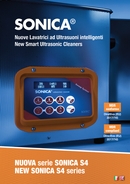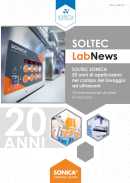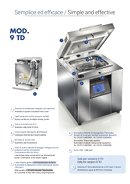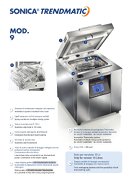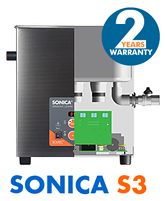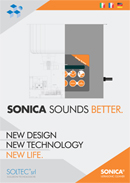Ultrasonic cleaning and "indirect" cleaning.
Submitted by soltec-admin on Thu, 09/30/2010 - 13:28
Auxiliary tank and beakers
What is the difference between the ultrasonic "direct" cleaning and ultrasonic "indirect cleaning"?
Direct cleaning occours when the parts are cleaned directly in the ultrasonic cleaner filled with the cleaning solution.
Generally the parts to be cleaned with ultrasounds are inserted in a stainless steel mesh basket. The limitation of direct ultrasonic cleaning is the selection of the appropriate cleaning solution that will not damage the ultrasonic cleaner.
The indirect ultrasonic cleaning is used when the parts to be cleaned are placed in an auxiliary tank or beakers that contains cleaning agents that could damage the ultrasonic cleaner.
When choosing the auxiliary tank or beakers is important that the water level inside the ultrasonic tank itself is maintained to the correct level with the accessories (auxiliary tank or beakers) installed. The water level should always maintained to 2/3 of total volume of the utrasonic tank. Maintaining the proper water or cleaning agents level inside the ultrasonic cleaner tank protects heater and ultrasonic transducers from overheating and damage.
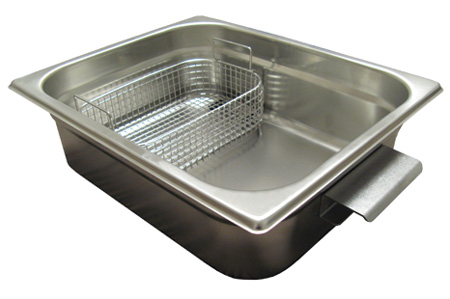
Auxiliary tank
Cleaning solutions.
Seection of the appropriate cleaning solution is extremely important to the overall success of the ultrasonic cleaning process.
Selection should be based on the type of the contaminants to be removed and the type of substrate material to be cleaned.
Flammables or solutions with low flash points should never be used in the ultrasonic cleaner. These types of solutions can create hazardous conditions.
A water-base detergent is a good choise whenever possibe because water not only is an excellent solvent, but also is nonflammable, nontoxic and enviromentally friendly.
SOLTEC produces a large variety of excellent cleaning solutions designed for specific applications in the field of ultrasonic cleaning.
- 16493 reads

